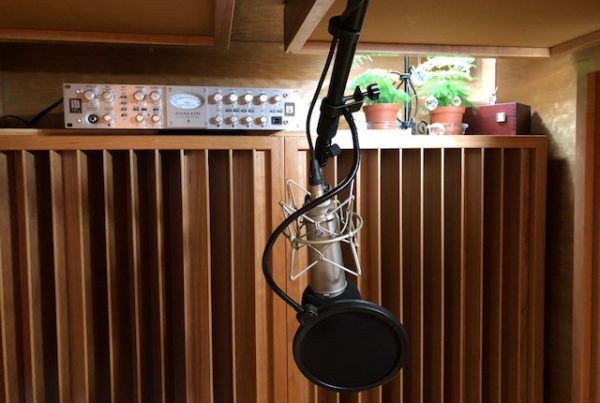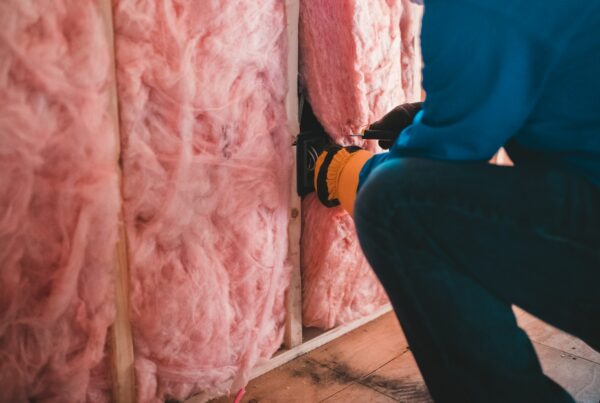I get asked everyday about the process of how to sound proof a room. It is a difficult question to answer because it has so many variables to consider. It is even more difficult to accomplish especially when the client sees the cost.
In order to answer the question of how to soundproof a room, first, we must define some parameters. Sound proofing a room means that we must build the room in a way that keeps the energy produced within the room from whatever source, speakers, music, voice, etc., inside the room itself and not let it “bleed” outside of the room or into adjacent spaces. Secondly, we must keep the sound energy created from outside sources, busses, airplanes, motorcycles, out of the sound within the room.
If we were going to write a book on how to soundproof a room we would use absorption technology inside the room to reduce the pressure levels of low frequency energy within the room. We would also use absorption technology for the excess middle and high frequencies within the room. To keep outside generated energy from entering our room, we have to use barrier technology in the construction of the room. We must create a “room within a room”, similar to the Russian toy doll which has a large doll with a series of littler dolls in side in incrementally smaller sizes. This process mechanically decouples each structure from the other and thus reduces the pathways for vibrations to travel and create noise.





